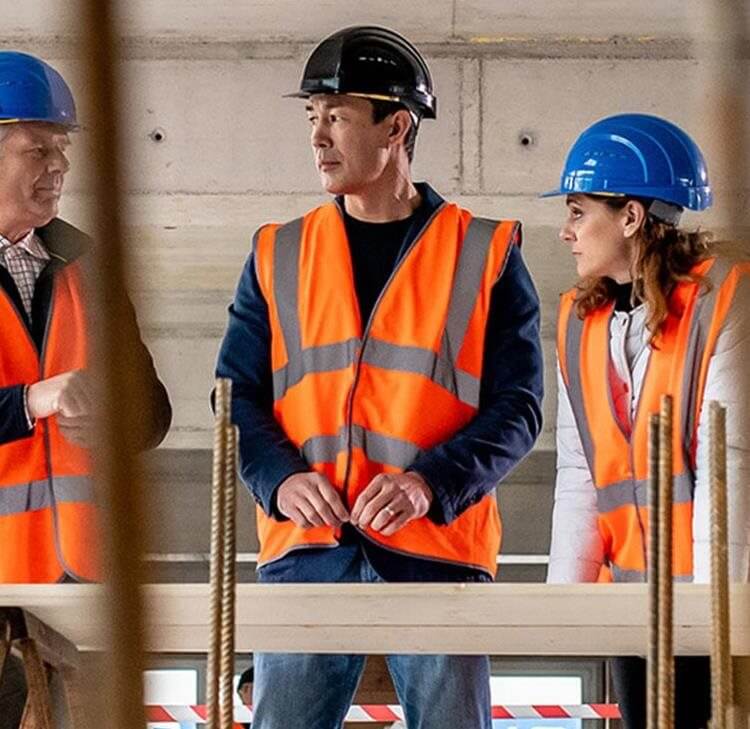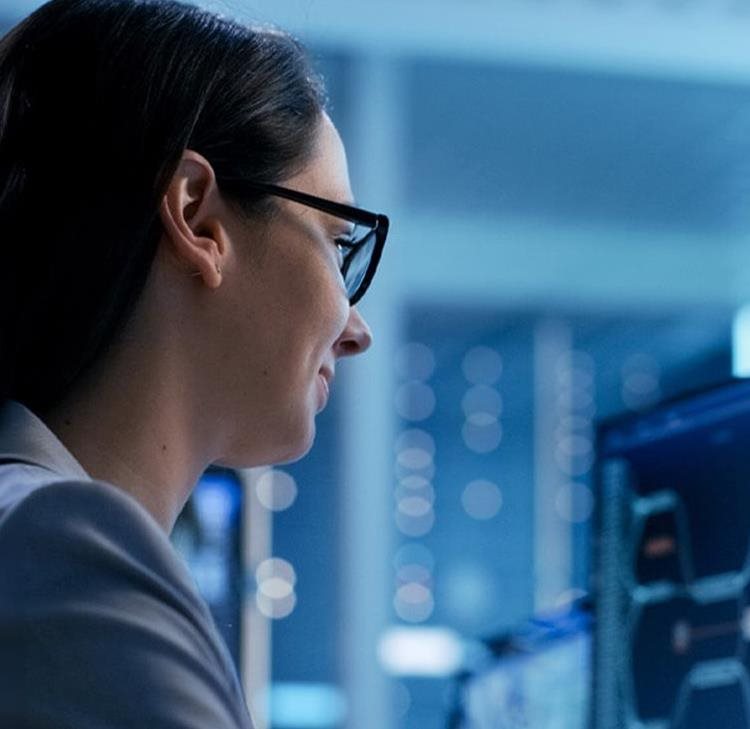Bernel Ltd v Canal and River Trust [2021] EWHC 16 (Ch)
A developer was unable on the facts to establish a right to drain onto its neighbour’s land without permission.
A developer was unable on the facts to establish a right to drain onto its neighbour’s land without permission.
Facts
The claimant (B) owned a development site comprising an existing dwelling (known as Ivy House), its garden and immediate curtilage and a larger adjoining field. B intended to construct nine new dwellings on the site and wanted to drain surface and foul water onto neighbouring land of the defendant (CRT) (and then into a feeder canal for the River Dane). However, the parties could not agree terms for such drainage.
An old drainage pipe of uncertain origin serving other properties ran through the development site onto CRT’s land.
Issues
- Was the drainage pipe a culverted natural watercourse into which B, as a riparian owner, could discharge surface water and treated foul water from the development site?
- If not, had B acquired by prescription an easement to discharge surface water and treated foul water in the same way?
Decision
- For there to be a watercourse giving rise to riparian rights, there had to be a stream of water flowing in a defined channel or between something in the nature of banks. Although the stream may occasionally run dry, there must be a course (marked on the earth by visible signs) along which water would flow. A dry channel which is only filled during temporary flooding is not a watercourse giving rise to riparian rights.
In this case, there was no indication from old Ordnance Survey maps of any stream or watercourse running along the route of the pipe and no reference to any watercourses when works were carried out to the River Dane feeder canal in the early 20th century. There was therefore no evidence to indicate that the pipe was a culverted watercourse.
- B’s claim to a prescriptive easement failed as there was no evidence of long user. There was no evidence of any significant amounts of surface water from the site draining off by use of the pipe. Moreover, Ivy House was connected to a septic tank which did not link into the pipe, so there was no evidence of foul water having used the pipe.
Points to note/consider
- Whilst B lost the case on the facts, what is of greater interest to developers in general is the judge’s decision on other related issues had he initially found in favour of B.
This case is a reminder of the common law concept of riparian rights. Where a watercourse runs through land or along the boundary of land, the landowner enjoys what are known as riparian rights (unless there is evidence that the watercourse is owned by a third party). This includes a right to have water go from your land without obstruction. So had a watercourse been found to exist, whilst it could not have increased the flow of water by artificial means, reasonable drainage operations by B would have been permitted.
The judge considered that draining surface water and treated foul water in accordance with an approved scheme permitted by the Environment Agency would have amounted to a reasonable drainage operation and would therefore have fallen within the rights available to a riparian owner.
- Even if B had been able to establish a prescriptive drainage easement, the judge felt that the dominant land would only have extended to the immediate curtilage of Ivy House (including its septic tank) and land from which surface water in the immediate vicinity of the pipe might drain. The whole of the development site would not have benefitted from the easement.
This aspect of the case is therefore a reminder that it is not possible to extend the use of an easement for the benefit of land that is not part of the original dominant land.
- Finally, the judge considered whether, if he were wrong about the extent of the dominant land, B could have used a prescriptive drainage easement for the benefit of the developed site. In doing so, he provided a reminder for developers of the key questions to consider in this area.
In McAdams Homes Ltd v Robinson [2004] EWCA Civ 214, the Court of Appeal ruled that an implied or prescriptive easement cannot continue to be used where the dominant land has changed use or has been developed if the development of the dominant land represent a radical change in its character or a change in its identity and the use of the dominant land, as redeveloped, results in a substantial increase or alteration in the burden on the servient land.
In this case, the judge felt that changing the site from one modest dwelling to nine new dwellings was a radical change in the character of the dominant land. However, the flow of surface water and treated foul water in accordance with an approved scheme permitted by the Environment Agency would not have amounted to a substantial increase in the burden on the servient land. B could therefore have used the easement for the benefit of the developed site.
Contact

David Harris
Professional Development Lawyer
david.harris@brownejacobson.com
+44 (0)115 934 2019








































